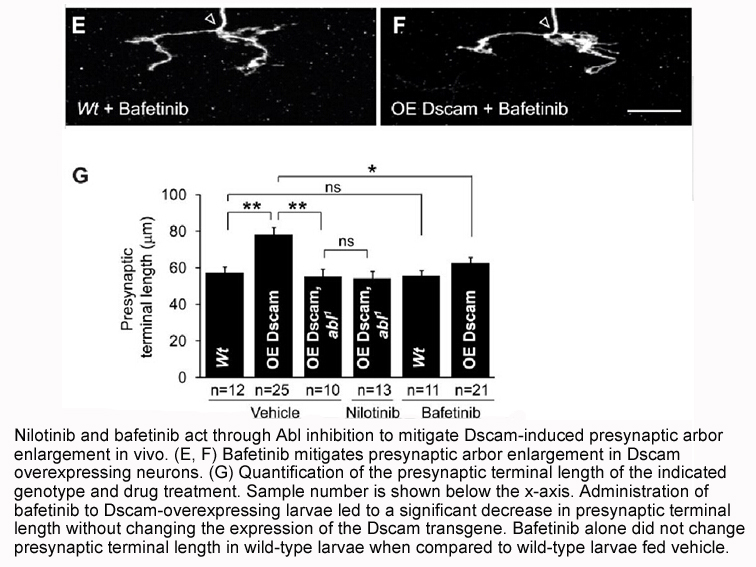Archives
gpr120 agonist br Conclusion br Conflict of
Conclusion
Conflict of interest
Introduction
Classically, cancer has been described as a disease involving uncontrolled cell growth. Now, however, it is apparent that cancer growth and metastasis are not solely dependent on the tumor gpr120 agonist themselves, but involve pathologies in the surrounding tumor microenvironment (TME) as well. In the 19th century, Stephen Paget\'s “seed and soil” hypothesis postulated that cancer “seeds” or metastases preferentially established secondary tumors at specific sites (the “soil”) [1]. Only within the past few decades have researchers focused on anticancer treatments which target the TME rather than the actual cancer cells.
The TME contains various cell types, such as fibroblasts, myofibroblasts, adipocytes, and immune cells, as well as extracellular matrix (ECM), and blood and lymphatic vasculature [2]. Increasing evidence suggests that the TME is a crucial part of cancer development, proliferation, and metastasis [3]. The TME also contributes to the failure of many conventional cancer therapies to completely eradicate the tumor. Nanomedicine offers a way to circumvent or take advantage of the properties of the TME. As illustrated in Fig. 1, this review will discuss nanoparticle-mediated targeting of TME aspects including vasculature, ECM, and immune cells, with a focus on modulating the immune response. Select studies are summarized in Table 1.
Nanomedicine targeting the tumor microenvironment
Conclusion
Solid tumors are highly heterogeneous and grow in a complex microenvironment consisting of the extracellular matrix components, fibroblasts, vasculature and immune cells. It is crucial to develop nanoparticles that can adapt the TME and improve the selective targeting of anti-cancer drugs to tumors [4,8,24,25]. The sensitivity of tumors to chemotherapy is highly influenced by the surrounding tumor vasculature. Vascular development is critical for tumor and growth progression and furthermore, anticancer drugs gain access to tumors via blood vessels, making vasculature an attractive target for improving cancer therapy. Recent advances have been made to employ nanotechnology in tumor vasculature-targeted drug delivery, enhancing the therapeutic efficacy of several anticancer drugs. In addition, several studies have shown a tumor vasculature targeted delivery system for integrated combination therapy of vascular disrupting or anti-angiogenic agents and chemotherapeutic agents, resulting in more effective and less toxic anticancer therapies.
One of the major structural components of the TME is the ECM, with the most common constituents being collagen and hyaluronic acid. Altered ECM processing and accumulation of ECM with an abnormal composition play important roles in tumor progression, invasion and metastasis [8,14,67]. To suppress cancer growth and increase therapeutic efficacy, cancer nanotherapeutics have been developed to deliver drugs that target the altered physical properties of the ECM.
Using immune cells as chaperones for drugs that target tumor cells and the TME may increase accumulation in otherwise inaccessible tumor sites. Most often, T cells are used to carry either cytotoxic or immune-boosting agents to tumors, but other immune cells can potentially be used as “Trojan horses” as well. In other disease models, such as Alzheimer\'s disease [68] and HIV [69], macrophages were loaded with nanoparticles containing therapeutic agents and were able to cross the blood brain barrier to deliver the cargo. Macrophages may also prove to be useful in delivering loaded nanoparticles to typically inaccessible tumor sites, including those within the brain. Many different cell types can be used as “pharmacytes” to deliver nanoparticle-conjugated small molecule drugs, cytokines, siRNA, and myriad other agents in order to overcome effects of the TME. Cell-based therapies may prove to be the most effective anti-cancer treatment and have shown promise in overcoming many hurdles presented by the TME.
Macrophages may also prove to be useful in delivering loaded nanoparticles to typically inaccessible tumor sites, including those within the brain. Many different cell types can be used as “pharmacytes” to deliver nanoparticle-conjugated small molecule drugs, cytokines, siRNA, and myriad other agents in order to overcome effects of the TME. Cell-based therapies may prove to be the most effective anti-cancer treatment and have shown promise in overcoming many hurdles presented by the TME.